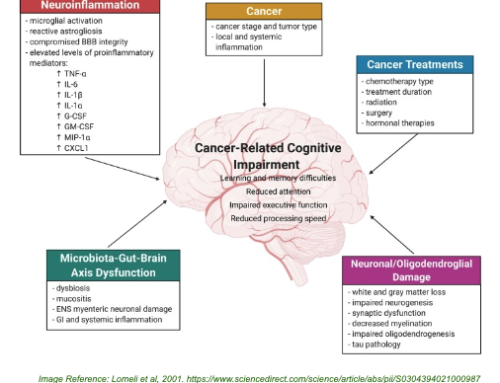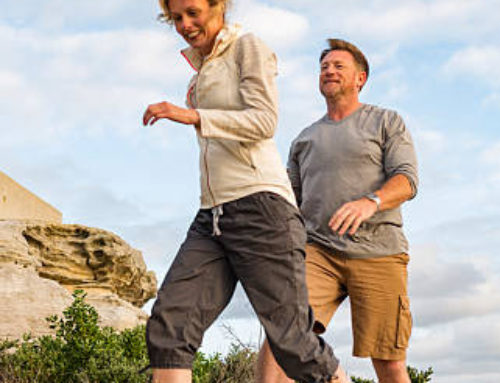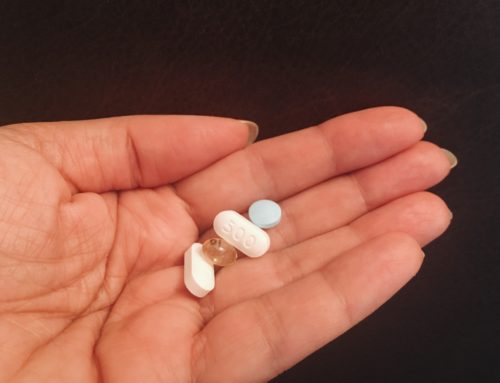Virtual care, including telehealth, has become more familiar to us as a result of COVID-19, with many more health professionals delivering care remotely, and many patients electing to speak to their doctor on the phone or through video conferencing.
In fact, it would be fair to say Australians embraced the expansion of telehealth with open arms during COVID-19 as it offered a safe, reliable and effective way to access healthcare within the home and in compliance with social distancing measures.
However, virtual care existed way before the pandemic and has been successfully used to deliver healthcare to a wide range of patients with varied health needs in almost every context imaginable for many years now.
This is because virtual care makes perfect sense in a country as diverse and enormous as Australia: it improves accessibility and affordability for people in rural and regional areas, it is convenient, timely, patient focused and reduces waiting times.
When delivered effectively, virtual care also has the potential to improve health service delivery and outcomes for priority groups, such as those from culturally and linguistically diverse (CALD) backgrounds.
Barriers to care
In Australia, the term CALD usually refers to people who were born overseas, speak a language other than English at home or who aren’t proficient in English.
According to the Human Rights Commission one in four of Australia’s 22 million people were born overseas and nearly 20 per cent of Australians speak a language other than English in their home.
People from CALD backgrounds face a range of barriers when it comes to accessing health services, these may include:
- Challenges navigating the system and knowing how and where to access care
- Language and communication obstacles and insufficient translation services
- Lack of social support
- Lower health literacy
- Lower socio-economic status
- Greater incidence of poor health
These barriers result in poorer health outcomes, a fact that was highlighted during the height of COVID-19 in Victoria when Melbourne GPs expressed fear to the Royal Australian College of General Practitioners (RACGP) about the impact of the virus on CALD communities.
“GPs have told us their CALD patients are bearing the brunt of the pandemic,” said RACGP spokesperson Dr Kate Walker.
“We are hearing of vulnerable patients who’ve lost work and are under a great deal of stress, GPs are seeing increased mental health symptoms, isolation and loneliness.
CALD communities already face barriers to healthcare, so it’s critical that we get the message to these patients about the importance of maintaining care during the pandemic – as well as public health messages for COVID-19,”
One of the solutions proposed by the RACGP in response to these concerns was to urge GPs to proactively reach out to their CALD patients and remind them about the availability and effectiveness of telehealth.
Communication is key
A range of health care providers now offer telehealth services to patients, including GPs, specialists, allied health providers, mental health professionals and nurse practitioners, and are supported by Medicare to do so.
However, as described above one of the keys to making telehealth more effective for CALD communities is to address the language barrier.
Free interpreter services are available to support patients and clinicians during telephone consultations via the Australian Government’s Translation and Interpreting Service (TIS) and the RACGP has created a resource to support GPs with this process.
There have been several pilots and small-scale initiatives that enables interpreters to be involved in video conferenced appointments, however, new technology platforms may offer part of the solution for widespread adoption.
Researchers from the Australian eHealth Research Centre and CSIRO together with Western Health have developed CALD Assist an app that supports clinicians and patients with communication when an interpreter is not available.
The CALD Assist app includes 200 commonly used phrases interpreted from ten community languages, which cover seven disciplines including COVID-19 screening questions, dietetics, speech pathology, podiatry, physiotherapy, occupational therapy and nursing. Inbuilt images, videos and pre-recorded audio further support communication.
Results from the CALD Assist trial indicated high levels of satisfaction among patients, and clinicians said it was easy to use, that their confidence in the patients’ level of understanding increased when using the app and that ‘successful’ interactions also increased. Other advantages included less time in completing allied health assessments.
Widespread acceptance and adoption of virtual care technologies among both health professionals and patients means this is an exciting and fast-moving space and that we are likely to see further developments that will benefit Australia’s CALD communities as well as other priority groups.




